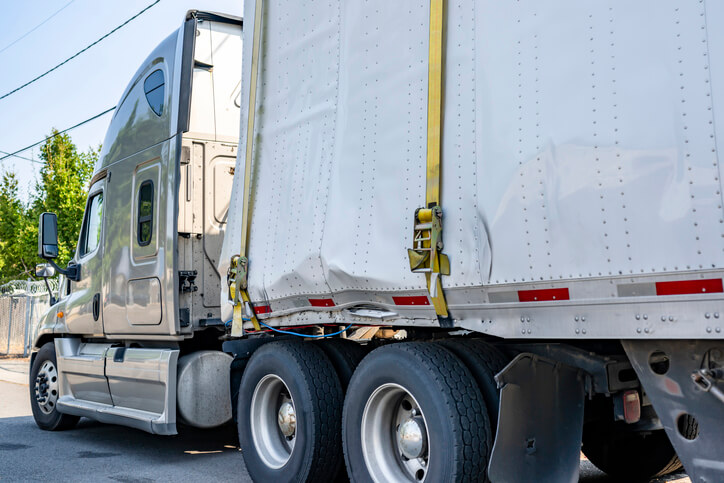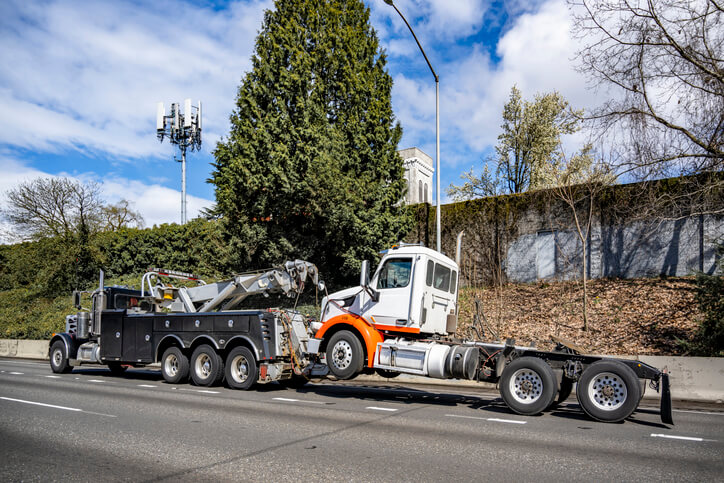Considering Auto Body Estimating Training? See How Heavy Duty Estimation Differs
If you’re contemplating a career in auto body estimating, you likely understand the crucial role estimators play in the automotive repair industry. These professionals assess vehicle damage and provide accurate repair cost estimates. While auto body estimation training generally focuses on passenger vehicles, another specialized field within the industry is Heavy-duty Estimation.
Understanding the differences between these two areas can help you make an informed decision about your career path. This blog post explores how heavy-duty estimation differs from regular auto body estimating.
How The Scope of Work Differs In Heavy Duty Estimation
Regular auto body estimators typically work with passenger vehicles such as cars, SUVs, and light trucks. They evaluate the extent of damage to the vehicle’s body, frame, and mechanical systems and provide customers with detailed explanations of the repair process and costs.
Their primary responsibilities include inspecting damage, writing estimates using specialized software, communicating with customers, and coordinating with insurance companies to ensure estimates meet industry standards and guidelines.
On the other hand, heavy-duty estimation involves working with larger vehicles such as commercial trucks, buses, and construction equipment. This specialization requires a more intricate understanding of large vehicle systems and regulatory compliance.
The scope of work includes assessing complex damage to systems like hydraulics and heavy-duty engines, creating detailed repair estimates considering the higher cost of parts and specialized labour, ensuring repairs meet stringent regulatory standards, and collaborating closely with fleet managers and commercial clients to manage repair schedules and costs.

Technical Knowledge Gained During Auto Body Estimating Training
Regular auto body estimators need a solid understanding of automotive technology and repair techniques. This includes knowledge of body repair techniques, paint matching, and a basic understanding of vehicle mechanical systems such as engines, transmissions, and suspensions. The expertise gained during collision estimating training helps them assess and determine the necessary damage and repairs to restore vehicles to their original condition.
In contrast, heavy-duty estimators require more specialized technical knowledge, including understanding diesel engines, air brakes, hydraulic systems, and heavy-duty suspensions. Familiarity with various construction and transportation equipment, such as cranes and semi-trailers, is also essential. Heavy-duty estimators need advanced diagnostic skills to assess damage to these complex systems and determine the repairs.

Estimation Software and What They Contribute
Both regular auto body and heavy-duty estimators rely on industry-specific software to generate accurate estimates:
Auto body estimators commonly use software like CCC ONE, Mitchell, and Audatex. These programs help quickly generate parts and labour estimates, communicate with insurers, and track the progress of repairs.
Heavy-duty estimation software, such as Mitchell TruckEst, is tailored to the unique needs of larger vehicles and equipment. These tools offer comprehensive estimates, providing detailed breakdowns of heavy-duty parts and labour costs.
Heavy-Duty Estimator Client Interactions Require a Different Approach
The interaction with clients varies significantly between regular auto body and heavy-duty estimation.
Regular auto body estimators often interact directly with individual vehicle owners regarding the repair process and costs, setting realistic timelines and addressing any concerns or disputes. Strong customer service skills are crucial in this role, as building trust and maintaining positive customer relationships is essential.
Heavy-duty estimators typically deal with commercial clients and fleet managers after their auto body estimating training. This involves maintaining professional relationships, negotiating repair costs and schedules to minimize the impact on the client’s operations, and assisting clients with long-term maintenance and repair planning to ensure the reliability and safety of their fleets.
Effective communication skills and the ability to provide professional advice on maintaining and optimizing fleet operations are essential.
Are you interested in automotive training?
Contact ATC Surrey for more information.


